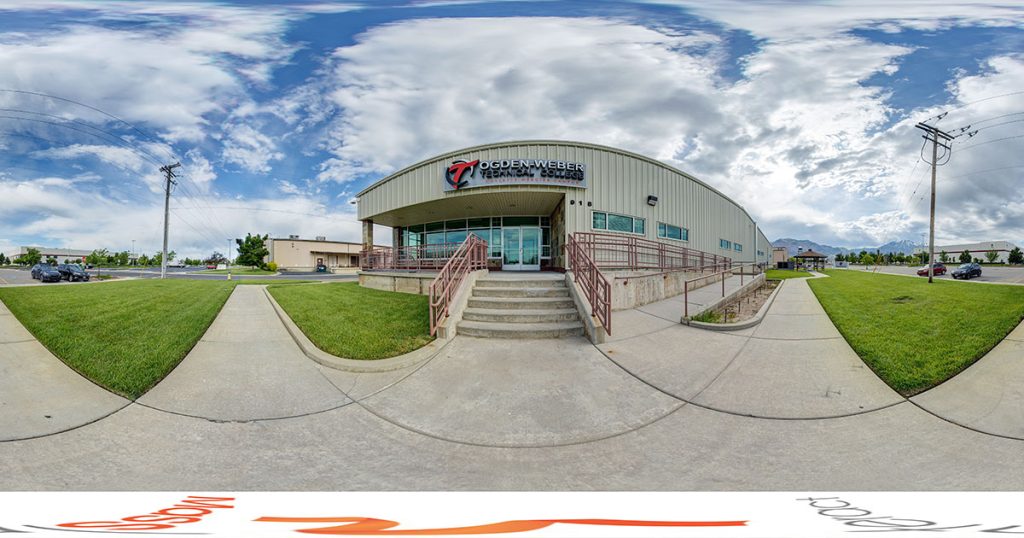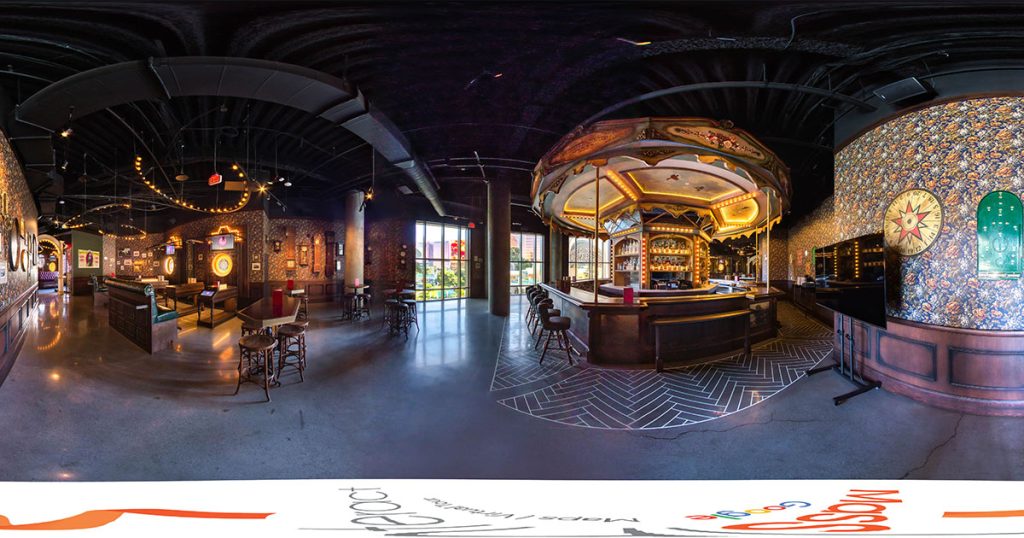Did you know that the human brain can process visuals 60,000 times faster than text? So, it’s not really surprising that we tend to remember what we see on videos more than what we read in books. In other words, visual storytelling is a powerful marketing tool that businesses can use to convey their message effectively, without pushing their products into customer’s face. And when we say businesses, we mean colleges and universities too. The number of students who will apply to your institution will depend on how appealing, informative and modern your website is. And using visuals to weave a compelling story is the best way to go about it.
However, keep these rules in mind:
- If you can show, why tell? – One of the top visual storytelling tips is to use visuals instead of text wherever possible. Your site visitor will pick up the information faster. For example, if you have a beautiful campus, don’t describe it. Use a virtual tour instead, and offer an immersive, engaging and realistic experience to students.
- Make an impression quickly –Students have very little attention span when they are exploring different university websites, as they are in a hurry to find the perfect place for the next four years of their life. So, the first image or video they see on your website should get them hooked instantly and make a favorable impression. This is why one of the best visual storytelling ideas is to put up a virtual tour that takes them across the grounds, through the halls, inside the cafeteria and more.
Read – How Virtual College Tours are Changing the Student Recruitment Game - Give your story a beginning, middle and an end – The art of visual storytelling for colleges requires you to follow a certain narrative arc. Whether you are using a series of images, videos or virtual tours, they shouldn’t be random or disconnected. So, craft a cohesive story that helps the student visualize his or her journey from their first day to graduation. Incorporate elements of excitement or suspense wherever you can, like awards they can win in sports or the scholarships they can strive for in different courses.
- Show real people – One of the crucial visual storytelling rules is to show actual people (students and teaching staff in this case) in images or videos so that candidates can relate with your college or university better. For instance, showing a group of happy students playing baseball will build their trust better than showing an empty field.
- Include wow factors – Having unique visual storytelling ideas always helps, as they motivate students to pick your university over others. For example, if you are creating a virtual tour for your website, make sure it evokes emotions like happiness, hope, and excitement. If your tour focuses on details like the dishes your cafeteria serves or the books your library houses, it will connect better with the students. Or, candid images of graduating students with their parents might evoke hope.
- Keep it short and sweet – Using visual storytelling for your university website means you have to avoid distractions, so that site visitors can stay focused. Don’t throw in too many details that are hard to remember and highlight the most important aspects instead.
So, keep the above visual storytelling tips in mind to strengthen your university’s online presence. At present, this is the best way to attract potential candidates and get them to apply to your courses even if they are staying inside to beat the pandemic. And if you are not sure how to get started with visual storytelling or can’t decide on the right format, email us at info@massinteract.com.
Must Read – Get Your College the Attenti






















